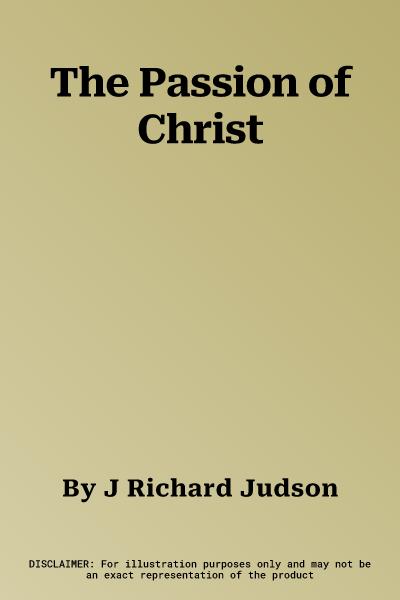J Richard Judson
(Author)The Passion of ChristHardcover, 1 May 2000

Qty
1
Turbo
Ships in 2 - 3 days
Only 2 left
Free Delivery
Cash on Delivery
15 Days
Free Returns
Secure Checkout

Part of Series
Corpus Rubenianum Ludwig Burchard
Print Length
472 pages
Language
English
Publisher
Harvey Miller
Date Published
1 May 2000
ISBN-10
0905203615
ISBN-13
9780905203614
Description
Product Details
Author:
Book Format:
Hardcover
Country of Origin:
US
Date Published:
1 May 2000
Dimensions:
26.92 x
18.44 x
3.68 cm
Genre:
Christian
ISBN-10:
0905203615
ISBN-13:
9780905203614
Language:
English
Location:
Turnhout
Pages:
472
Publisher:
Weight:
1687.36 gm